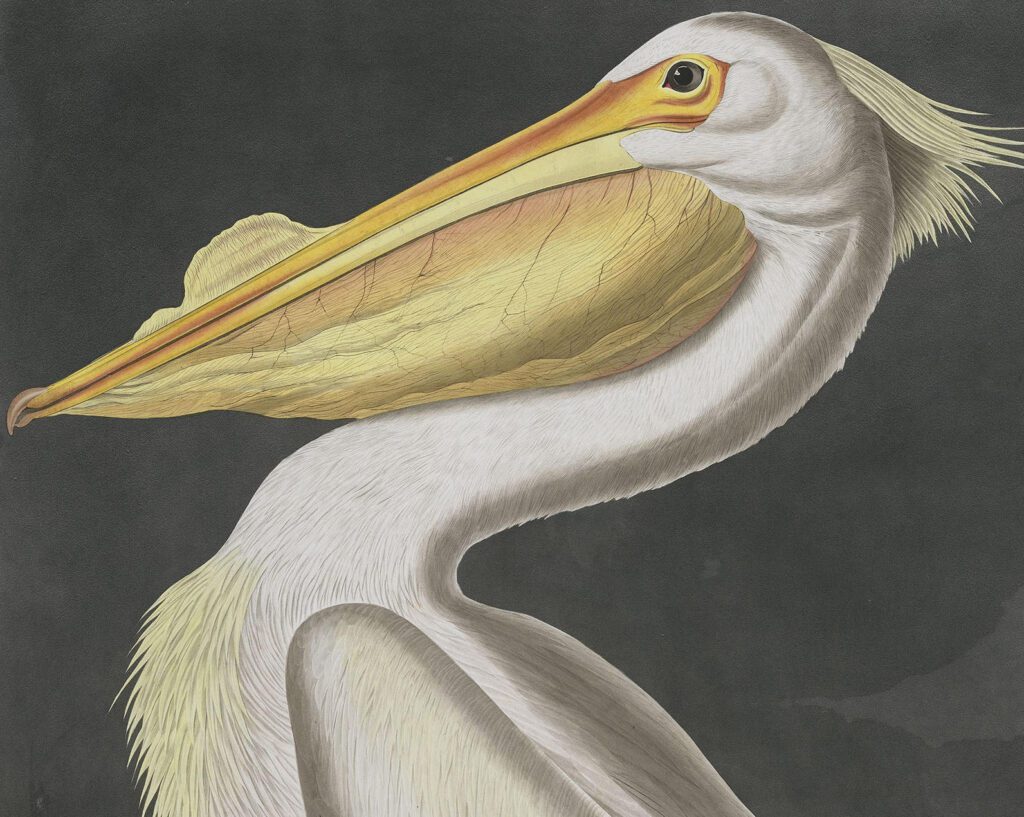The Most Expensive Book in the World
What’s the most you’d pay for a book? $50? $100? Most books are between $1 to $30, depending on format, genre, etc. But that pales in comparison to the most expensive set of volumes ever sold.
The most expensive collection is The Birds of America by John James Audubon. Worth $11.5 million, the original collection features hundreds of illustrations with full descriptions of the birds identified, and only 120 sets were ever made.
Rarity and antiquity certainly factors into the price of the books. There’s also significant historical and educational value. Audubon is recognized as one of the great naturalists. His work provided the foundation for the National Audubon Society. Founded in 1905, the organization has been striving for conservation and the preservation of birds for well over a century. It continues this mission with significant support today.
But a massive amount of the value is the creative effort that went into the collection. Audubon had to spend countless hours observing each bird. Each painting and description took significant time, too. There were no AI or software tools to speed up the work, as we might use today.

But the volumes demonstrate an important concept around how we produce books and other creative work.
Normally, a main goal of using AI is to drive down costs, which can help make products more competitive and accessible to a larger number of consumers. The Birds of America shows the opposite side of the spectrum, with price skyrocketing to match the degree of human participation.
The Birds of America suggests that one of the best ways to keep the value of creative work high is to ensure that human effort remains part of the process. The conundrum is that appreciation of the expression and creative process in art now is a less significant market driver than price. With people having only a relatively small amount of income to spend on entertainment and hobbies, and with AI lauded from so many sides as a must-adopt, miraculous innovation, AI-assisted creative works have more appeal. As AI bottoms out income in creative markets, artists from across genres can only wait and lobby in any way they can for a cultural shift that reprioritizes appreciation of expression and process, as it’s only with this reprioritization that people will begin to want to bring people back into the art they consume and accept a higher price point that artists find livable.
[Transcript summary]
So, I came across this website that had listed the most expensive book in the world, and this book was like over $11 million. It was ridiculous. It was this book on birds. And part of the reason why it was so expensive is because there were only, I think about, like, 120 or something like that completed, and all of these illustrations that went into it, you know, there was just so much work that went into this book.
And so, it got me thinking about what makes work, creative work valuable. And it’s not necessarily the tools we use. It’s not even necessarily like the end result, although that’s part of it. Part of it is effort. Like, what is the value of the effort?
And so again, with all this AI stuff going on, I think we really need to be mindful of that, because as we’re trying to get efficiency, we’re eliminating that effort and therefore maybe decreasing the value of what we’re producing.
So, just pause for thought there. Take care, everybody. Bye.